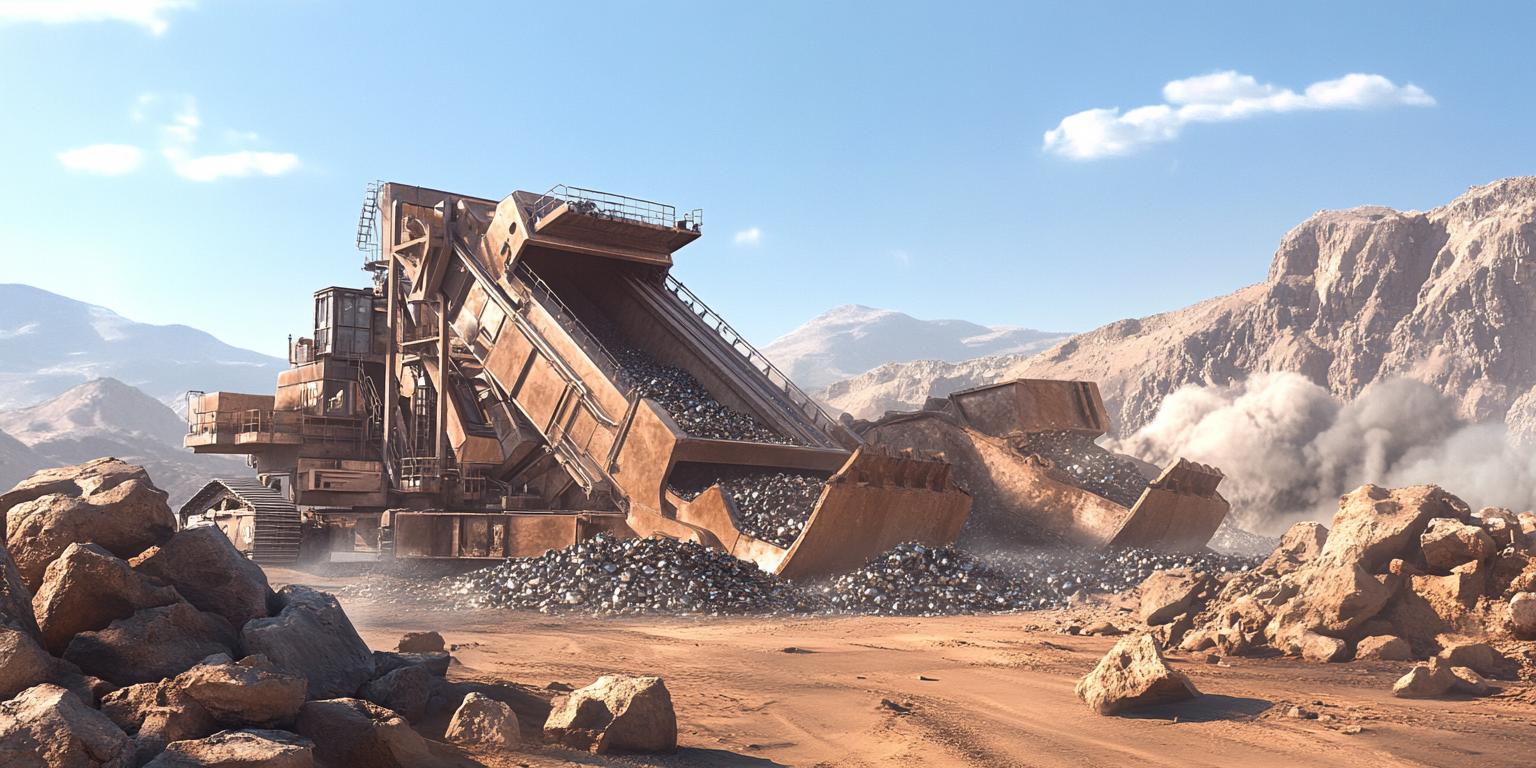Efficient Impact Crusher Recommendations: Tailored Solutions for Different Ore Characteristics
2025-10-19
Special report
Choosing the right impact crusher for specific ore types—such as limestone, granite, and basalt—requires understanding how hardness, moisture content, and particle size affect performance. This article explains the critical factors in selecting impact crushers across coarse, medium, and fine crushing stages, including cavity design, screen gap settings, and feeding methods. Real-world case studies highlight common configuration mistakes and their fixes, while troubleshooting guides address issues like over-pulverization and blockages. With data-driven insights and visual comparison tables, this guide supports informed decisions for building efficient and durable crushing systems.

Choosing the Right Impact Crusher for Your Rock Type: A Data-Driven Guide
When it comes to crushing limestone, granite, or basalt, one-size-fits-all equipment rarely delivers optimal results. In fact, studies show that up to 40% of mining operations experience inefficiencies due to incorrect impact crusher selection—often because operators prioritize raw throughput over material-specific fit.
Why Material Properties Matter More Than You Think
Each rock type has unique characteristics that directly affect how a crusher performs:
| Rock Type |
Hardness (Mohs) |
Moisture Sensitivity |
Recommended Crusher Stage |
| Limestone |
3–4 |
Low |
Fine Crushing |
| Granite |
6–7 |
Medium |
Coarse to Medium |
| Basalt |
5–6 |
High |
Medium to Fine |
For example, basalt’s high moisture content and abrasive nature require a different chamber design compared to limestone—which is why many contractors mistakenly use the same settings across projects and end up with excessive fines or frequent blockages.
“We saw a 22% drop in productivity when we tried to crush wet basalt with a standard jaw crusher before switching to a CI5X impact crusher with modular cavity options.” — Engineer at a Saudi Arabian quarry, 2023
From Setup to Optimization: Key Stages That Make or Break Efficiency
Here's how to align your equipment strategy with each stage:
- Coarse Crushing: Use a heavy-duty rotor with wide feed opening—ideal for granite where particle size distribution matters most.
- Intermediate Crushing: Adjust screen gap to 25–40mm depending on desired output. This reduces over-crushing while maintaining throughput.
- Fine Crushing: For limestone, optimize rotor speed to 1,200–1,600 RPM to avoid dust generation without sacrificing efficiency.
Pro tip: Always run a dry test first if the rock has >5% moisture content—it can prevent costly downtime from clogging during actual operation.
Common Mistakes & How to Fix Them Fast
Even experienced teams make these errors:
- Overfeeding: Leads to uneven wear and increased power consumption. Stick to manufacturer-recommended feed rates—typically 80–90% of maximum capacity.
- Ignoring Sieve Maintenance: A clogged sieve can reduce output by up to 30%. Clean daily in humid environments.
- Wrong Rotor Speed Settings: Too fast = more fines. Too slow = poor reduction ratio. Use real-time monitoring tools like our smart control panel (standard on CI5X models).
Remember: It’s not just about getting the machine running—it’s about making it work smarter for YOUR specific application.
Ready to match your crusher to your rock?
Whether you're processing limestone in India or basalt in Brazil, our team helps you configure the right impact crusher setup based on real-world data—not guesswork.
Get Your Customized Configuration Report Today

